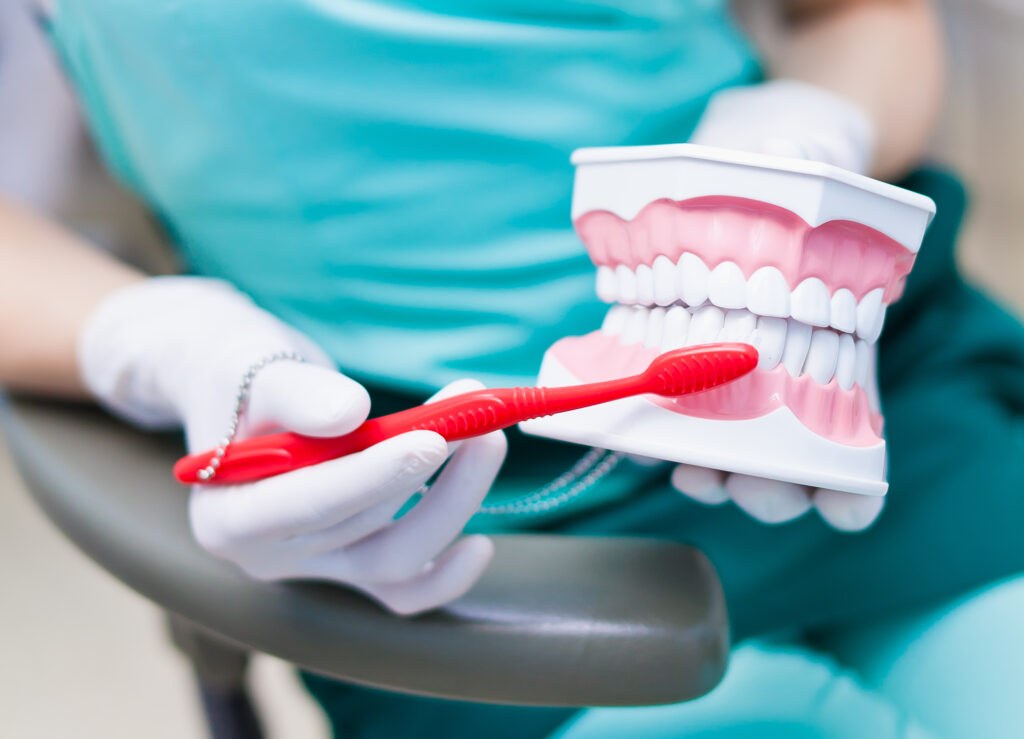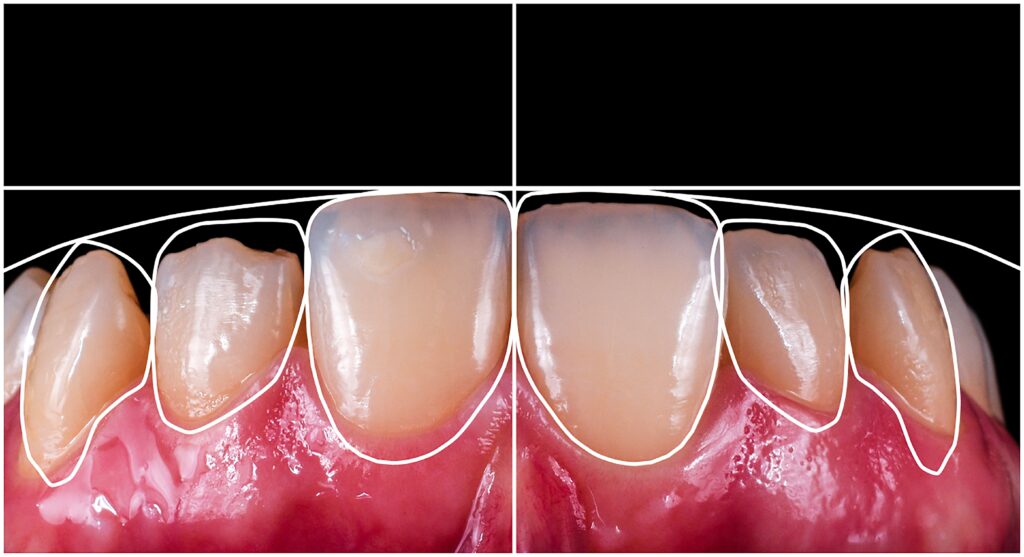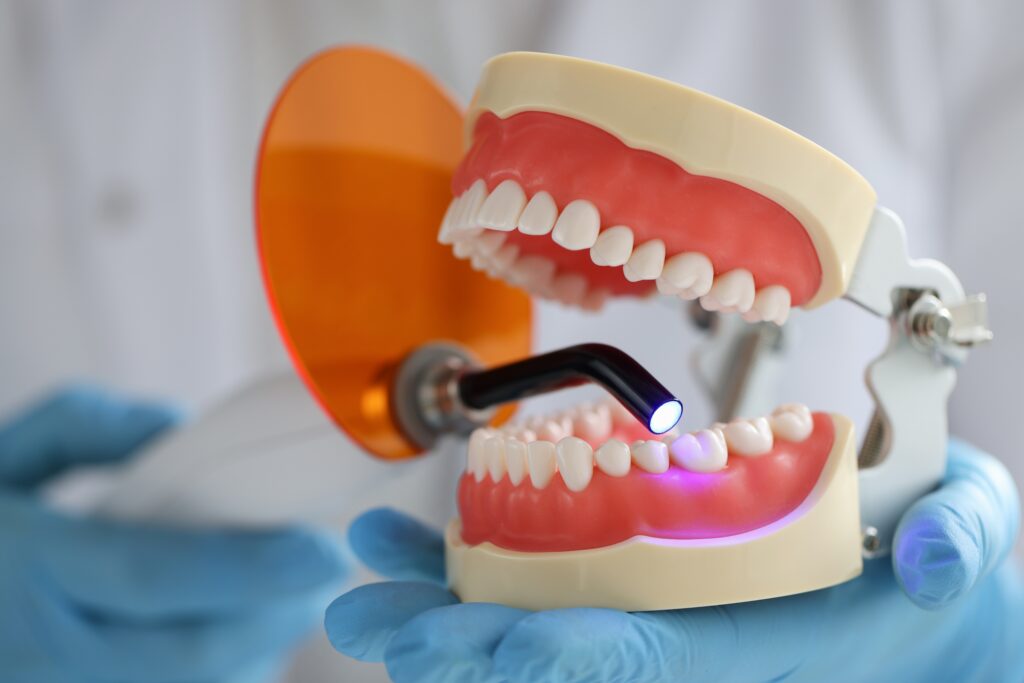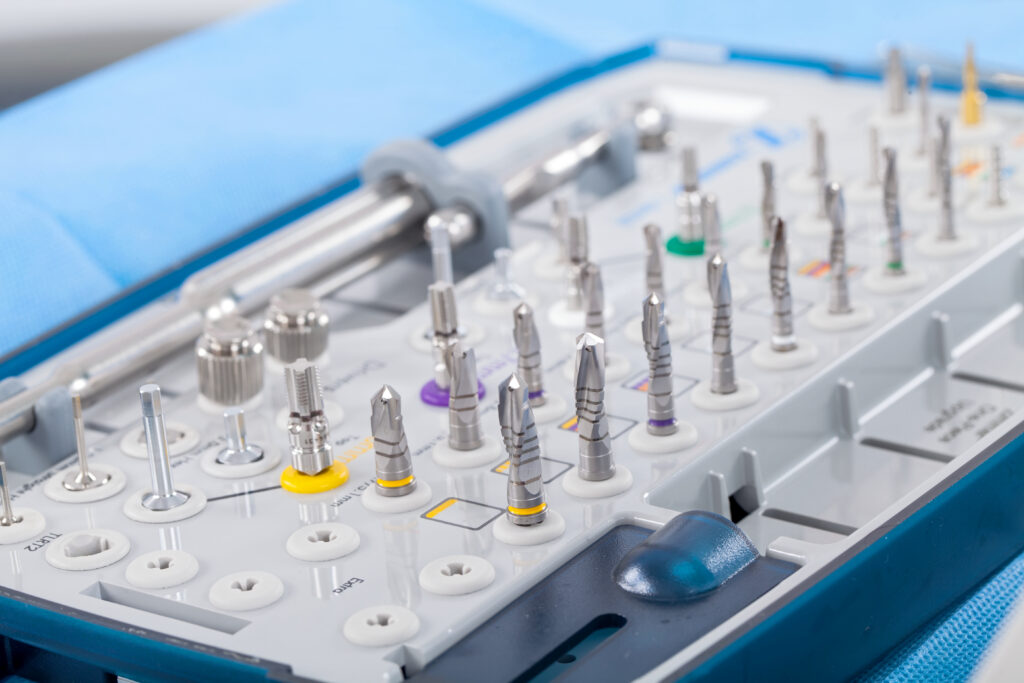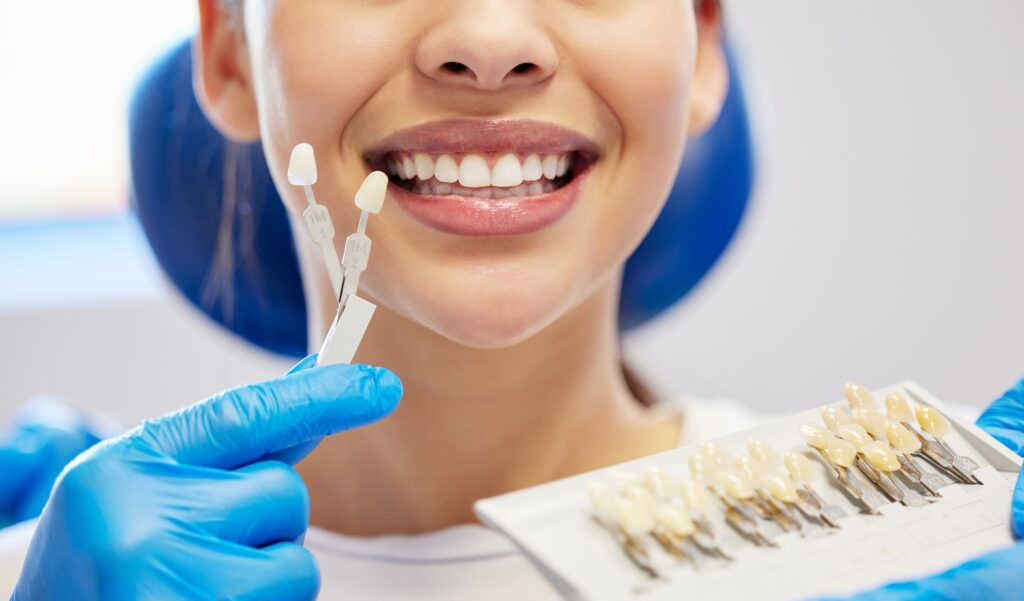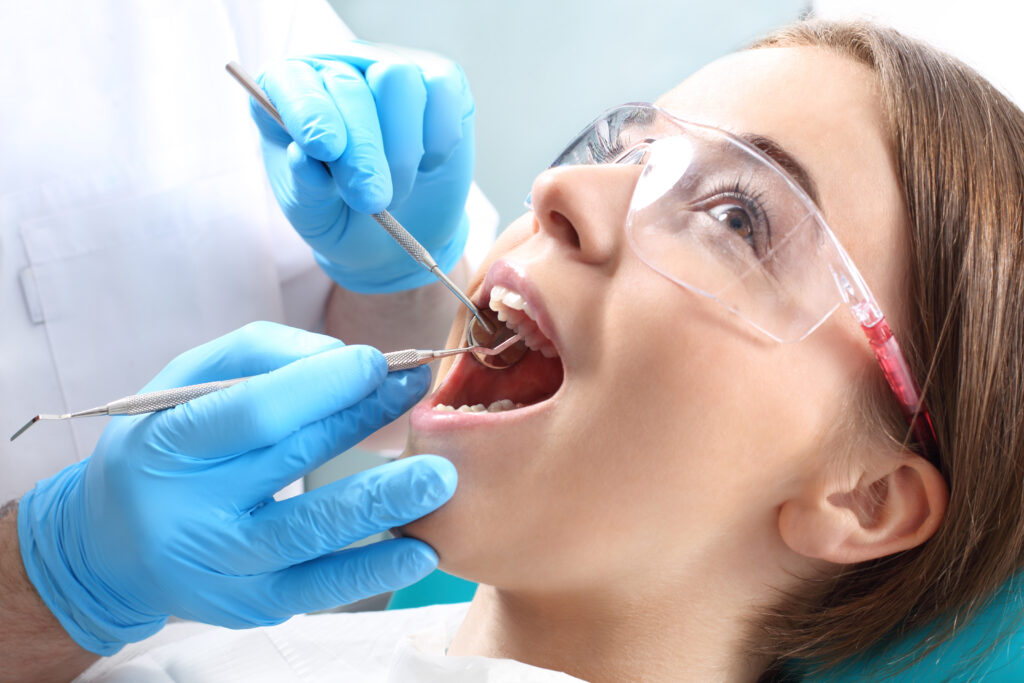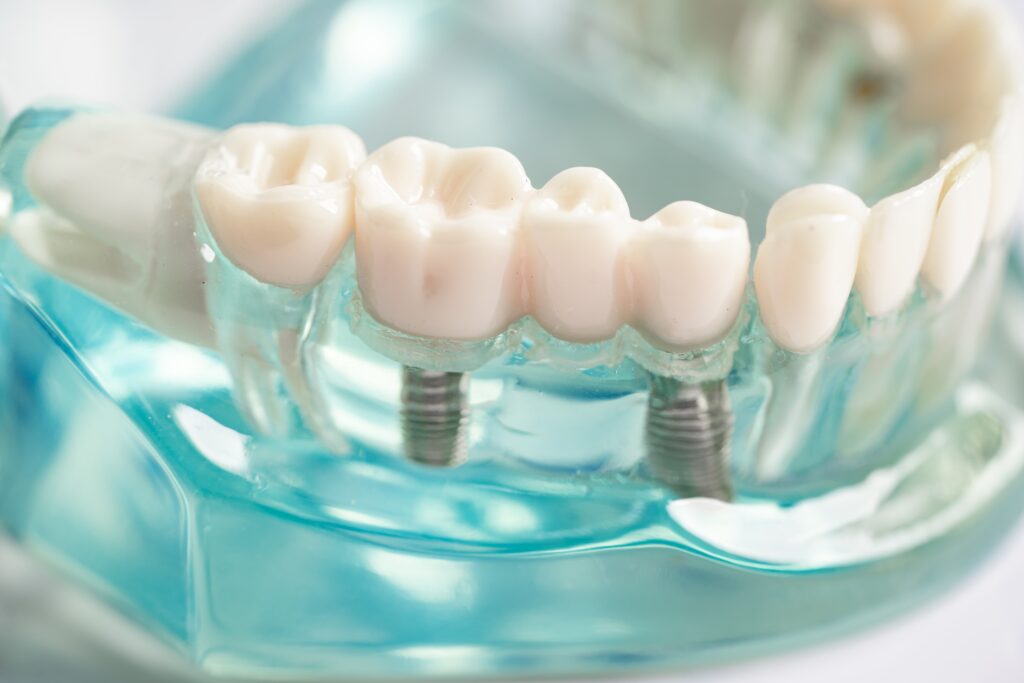Endodontic Treatments
TREATMENTS
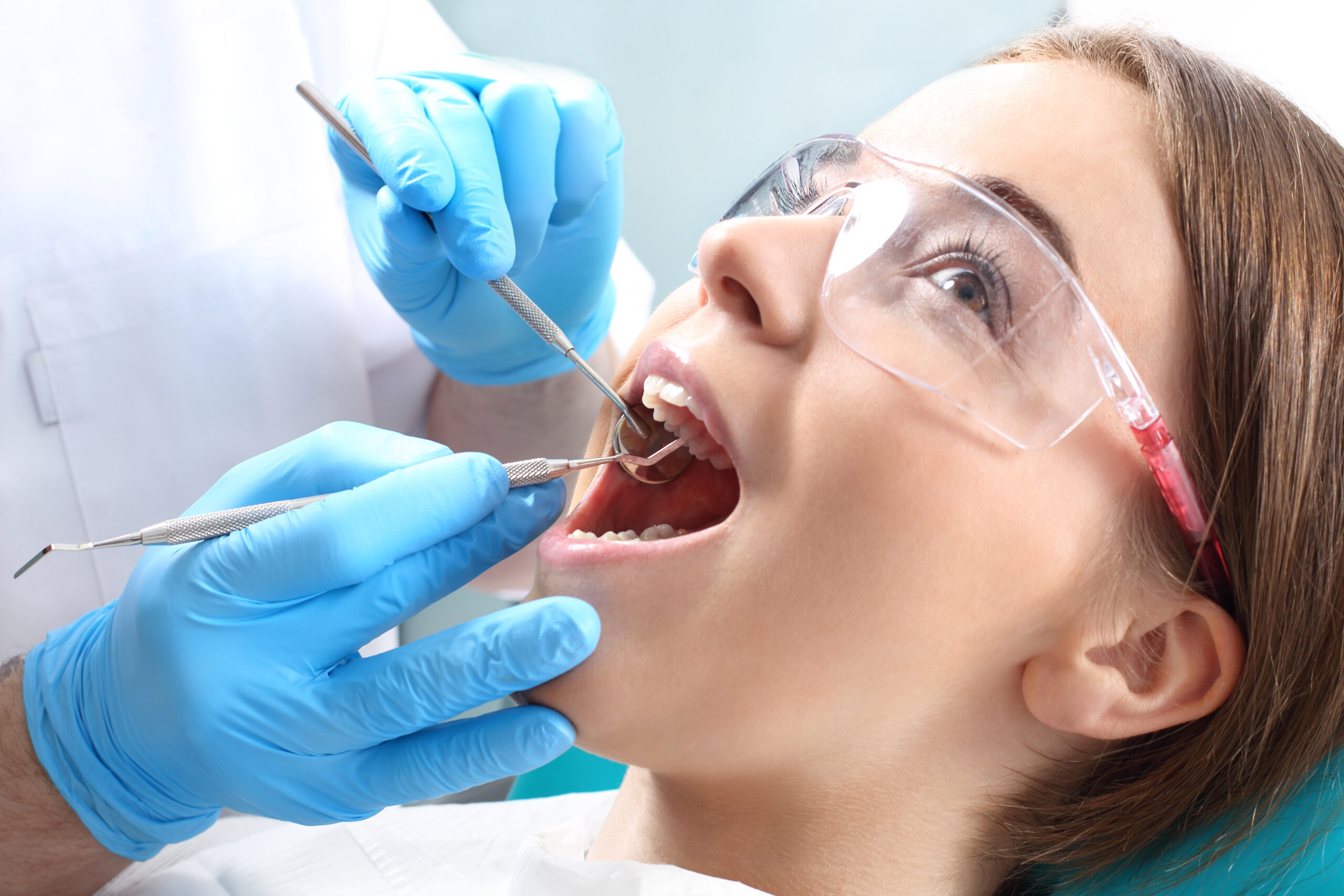
Endodontic treatment, commonly known as root canal therapy, is a dental treatment that aims to save a severely damaged or infected tooth by removing the pulp from inside the root and filling the canal.
The stages of endodontic treatment are as follows:
1. Initial Examination: The dentist performs an examination by examining the tooth and taking x-rays to assess the extent of the damage and determine whether endodontic treatment is necessary.
2. Anesthesia: Before starting the procedure, the dentist will numb the area around the tooth with local anesthesia to ensure that you are comfortable throughout the procedure.
3. Creation of the opening leading to the channel: The dentist will create an opening in the tooth for access to the pulp chamber and root canals. This will allow infected or damaged pulp tissue to be removed.
4. Cleaning and Shaping: Using small instruments called files, the dentist will carefully remove the infected pulp from the pulp chamber and root canals. The canals are then cleaned and shaped to prepare them for filling.
5. Washing process: During the cleaning process, the dentist will use irrigation solutions to remove debris and thoroughly disinfect the root canals.
6. Padding: Once the canals are cleaned and shaped, they are filled with a biocompatible material called gutta-percha and a sealer to seal the root canals and prevent bacteria from re-entering.
7. Restoration: After the root canal treatment is completed, the opening in the tooth is closed with temporary or permanent filling material. In some cases, especially if the tooth was extensively damaged before the procedure, a crown may be placed over the tooth to provide additional strength and protection.
Endodontic treatment is highly successful in saving teeth that may need to be extracted due to infection or damage. It relieves pain, eliminates infection and allows you to keep your natural tooth, which is often the best option for maintaining oral health and function.
It is important that you follow your dentist's aftercare instructions and attend follow-up appointments to ensure proper healing and the long-term success of the root canal treatment.
